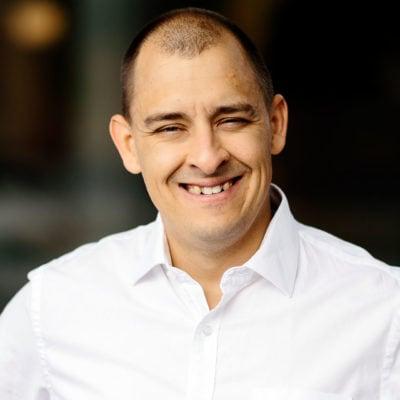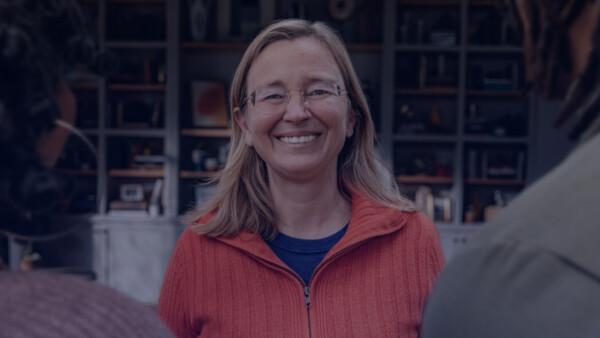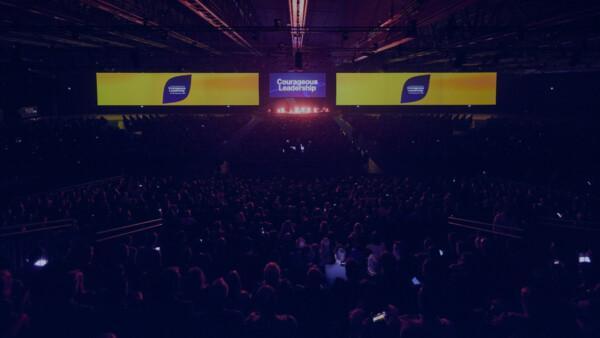13Jan2014
 The Thinkers50 publishes every two years a new ranking of the world´s top business gurus. I got an opportunity to participate in the event in London where new ranking was announced. It was exciting indeed! Now, let´s have a look at who are today´s top thinkers and which ideas matter the most at the moment.
The Thinkers50 publishes every two years a new ranking of the world´s top business gurus. I got an opportunity to participate in the event in London where new ranking was announced. It was exciting indeed! Now, let´s have a look at who are today´s top thinkers and which ideas matter the most at the moment.
According to the Thinkers50 ranking, Clayton Christensen is currently the most influential management thinker. Clay´s top idea is disruptive innovation which is used to describe innovations that improve a product or service in ways that the market does not expect, typically first by designing for a different set of consumers in a new market and later by lowering prices in the existing market. A good example of disruptive innovation is downloadable digital media which have disrupted CDs and DVDs. Everybody knows how iTunes, Amazon etc. are affecting the sales of CDs.
Christensen presents carefully the case for the disruptive innovation in The Innovator´s Dilemma. More recently, Christensen has written about education and health care from the disruptive innovation´s perspective. His books have received numerous awards.
After Christensen come the Blue Ocean Thinkers, professors W. Chan Kim and Renée Mauborgne. Their big idea is the Blue Ocean Strategy which as a book has sold over two million copies and has been put into practice by companies, NGOs and governments around the world.
In Kim´s and Mauborgne´s world, Red oceans represent all the industries in existence today – the known market space. In the red oceans, industry boundaries are defined and accepted, and the competitive rules of the game are known. Here companies try to outperform their rivals to grab a greater share of product or service demand. Blue oceans, on the contrary, denote all the industries not in existence today – the unknown market space, untainted by competition. In blue oceans, demand is created rather than fought over. There is ample opportunity for growth that is both profitable and rapid. In blue oceans, competition is irrelevant because the rules of the game are waiting to be set. Nintendo Wii could be an application example of Blue Ocean Strategy because it´s not just a more advanced video game console but it has innovative features to attract a whole new market like females and the elderly.
No.3 on the list is a Canadian Roger Martin. Besides writing together with A.G. Lafley the Thinkers50 Best Book Award winning Playing to Win: How Strategy Really Works, he has helped to develop theories about integrative thinking and design thinking.
Integrative thinking is the ability to balance two opposing models, and instead of choosing one at the expense of the other, generating a creative solution that contains elements of the individual models, but is superior to each. Martin argues that business leaders that master this mode of thinking have a unique ability to innovate and solve problems facing their company. Design thinking balances analytical thinking and intuitive thinking, enabling an organization to both exploit existing knowledge and create new knowledge. Recently, Roger Martin has also written about corporate responsibility and the role of companies in the world.
Another Canadian, Don Tapscott, is fourth in the ranking. His best known work is a book, Wikinomics: How Mass Collaboration Changes Everything, co-authored with Anthony Williams. Tapscott also received the Thinkers50 Award for Global Solutions. His big idea is about how new global network enabled by internet and technology offers an alternative to UN or governments as a way of addressing global problems.
 Vijay Govindarajan, 2013 Nordic Business Forum speaker, is an Indian-born professor who´s fifth on the list. Together with Chris Trimble and Jeff Immelt, Govindarajan popularized the concept of reverse innovation. This concept is about firstly innovating something for the developing world and after that also spreading the innovation to the industrialized world. The process of reverse innovation begins by focusing on needs and requirements for low-cost products in countries like India and China. Once products are developed for these markets, they are then sold elsewhere – even in the West – at low prices which creates new markets and uses for these innovations. For example, many health care innovations for developing countries are very cost-effective in the West as well.
Vijay Govindarajan, 2013 Nordic Business Forum speaker, is an Indian-born professor who´s fifth on the list. Together with Chris Trimble and Jeff Immelt, Govindarajan popularized the concept of reverse innovation. This concept is about firstly innovating something for the developing world and after that also spreading the innovation to the industrialized world. The process of reverse innovation begins by focusing on needs and requirements for low-cost products in countries like India and China. Once products are developed for these markets, they are then sold elsewhere – even in the West – at low prices which creates new markets and uses for these innovations. For example, many health care innovations for developing countries are very cost-effective in the West as well.
So, there you have it – the top 5. Ideas matter. As Thinkers50 creators Stuart Crainer and Des Dearlove say: ”In business, ideas matter because they can be the difference between success and failure.” And there are some big ideas. Luckily.
Read the whole Thinkers50 list here »
Sources: Thinkers50.com, Wikipedia.

 by:
by: 
